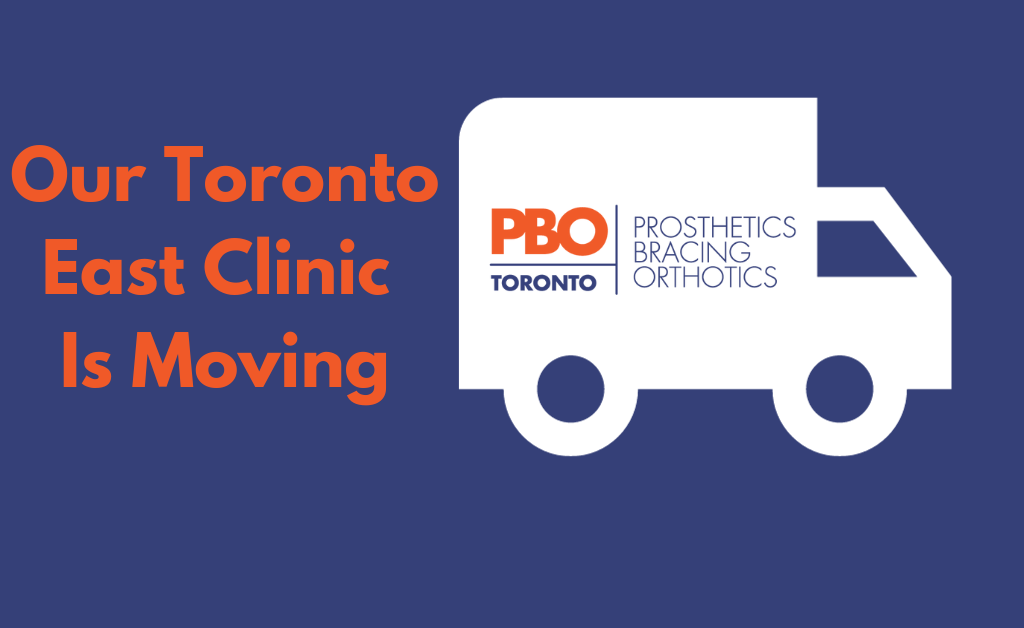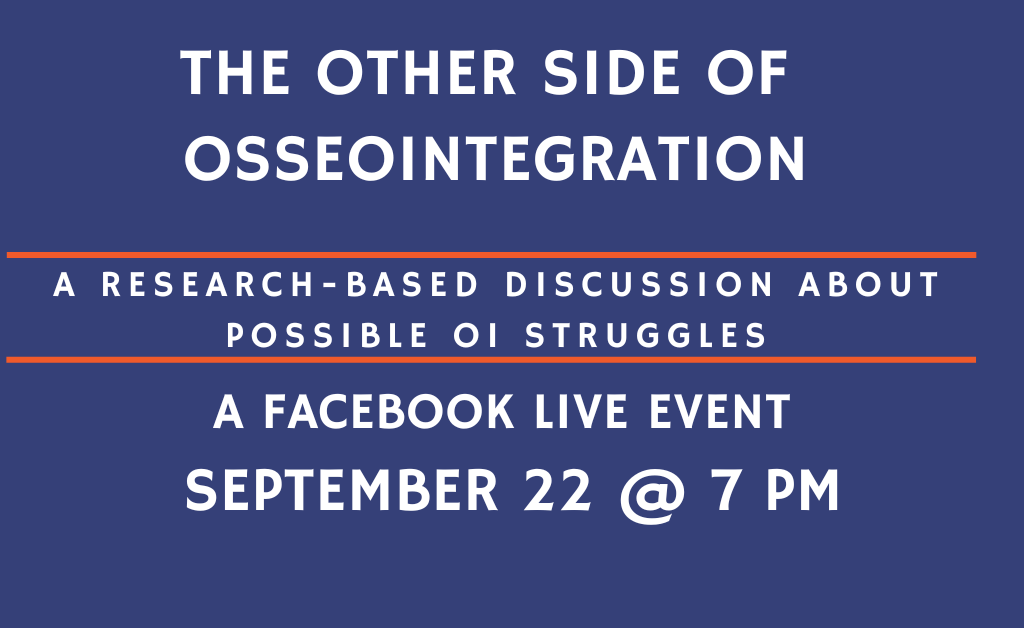Step into the future
Advancements in the field of Osseointegration are changing the game for Canadian amputees and PBO Group’s team of Certified Prosthetists regularly provide guidance and care for amputees throughout their Osseointegration journeys.
Osseointegrated prosthetic implants differ from traditional socket-based solutions in that rather than using a socket to connect the amputee’s residual limb to the prosthesis. A surgery is performed to insert a titanium implant into the marrow space of the bone. The implant, which is called a fixture, becomes integrated into the bone over time to become part of the bone. An abutment is attached to the fixture and brought out through the amputee’s soft tissue and skin, which allows the prosthesis to be attached directly to the abutment.
Read all about how Osseointegration has changed the lives of Ontario residents.
Osseointegration services are offered at PBO Niagara, PBO Kawartha, PBO Barrie and PBO Owen Sound.
Benefits of Osseointegration include:
- Freedom from friction pain
- Elimination of skin breakdown and perspiration
- A better sense of balance
- Better feedback from the terrain they walk on
- Improved body alignment
- A decrease or total absence of phantom pain
- Improved bone density
- Less restriction of muscles, creating a stronger, more defined residual limb musculature
- Increased daily step counts. Some single- and double-leg amputees having increased their daily steps by 50 – 80% compared to the distances they walked before the surgery
PBO Group offers clients access to a team of professionals with proven expertise in the field of Osseointegration, including:
- Direct training from The Osseointegration Group of Australia
- Participation on Prosthetics Canada Osseointegration Advisory Board
- Pre- and post-surgery support of 10 amputees who have already undergone Osseointegration surgery
- Direct communication and integrated patient care with the Osseointegration team at Montreal General Hospital
As part of our commitment to best-in-class client care, PBO Group works closely with our clients to ensure all avenues of potential funding to help assist with the costs associated with Osseointegration have been considered.
From our experiences with Ontario Osseointegration candidates, we have seen costs for services related to pre-surgery, surgery and post-surgery care be quite variable and cover a very dramatic range. Like most medical procedures, there are a variety of factors that can influence cost. Some of the factors that can impact the costs associated with Osseointegration include:
- Length of residual limb
- Level of amputation
- Prosthetic requirements
- Funding model and supplementary contributors
- Travel expenses
- Duration of rehabilitation
- Potential post-surgical complications
As a result, we strongly recommend connecting with a Prosthetist at one of our locations to better understand your exact situation to determine a range of costs that will be narrower and more accurate.
Visit our Financial Assistance page to learn more.
Patient Resources
To access our full library of helpful information click here.
If you’re interested in learning more about Osseointegration and whether it might be an option for you, download our free Osseointegration 101 booklet.
DownloadFrequently Asked Questions
Browse our list of frequently asked questions about Osseointegration or click here to view all FAQ’s.
As with most major medical procedures, Osseointegration surgery does carry potential risks. As the amputee’s implant protrudes through the skin to connect directly to the prosthesis, it is possible for bacteria to track up the metal implant to the femur. Diligent skincare at the exit point of the implant is critical in order to prevent potential skin complications and infection.
Low bone density can also lead to other complications if the bone is not strong enough to withstand a significant increase in force following the surgery. Potential risks related to low bone density include bone fracture at the top of the implant, splitting of the bone at the implant or lack of bone integration with the implant.
Until 2018, Canadian amputees had to travel to hospitals in Australia and Europe in order to undergo Osseointegration surgery. In 2018, the first Canadian Osseointegration surgery was performed in Montreal by Dr. Robert Turcotte. Two PBO Group clients have already undergone procedures there.
From our experiences with Ontario Osseointegration candidates, we have seen costs for services related to pre-surgery, surgery and post-surgery care be quite variable and cover a very dramatic range. Like most medical procedures, there are a variety of factors that can influence cost. Some of the factors that can impact the costs associated with Osseointegration include:
- Length of residual limb
- Level of amputation
- Prosthetic requirements
- Funding model and supplementary contributors
- Travel expenses
- Duration of rehabilitation
- Potential post-surgical complications
As a result, we strongly recommend connecting with a Prosthetist at one of our locations to better understand your exact situation and determine a range of costs that will be narrower and more accurate.
Our online Is Osseointegration Right For You assessment can help you determine if you might be a good candidate.
Yes, while it’s not happening in Canada yet, osseointegration is being performed on arms in other parts of the world.
Contact us for a complimentary assessment, and we will assist you with determining the right next steps.
As of 2022, the PBO Group team has provided pre- and post-surgery support to 10 amputees who have already undergone osseointegration. We have been engaged in osseointegration since 2017 and continue to update our practices and procedures with respect to delivering professional care for our OI clients.









